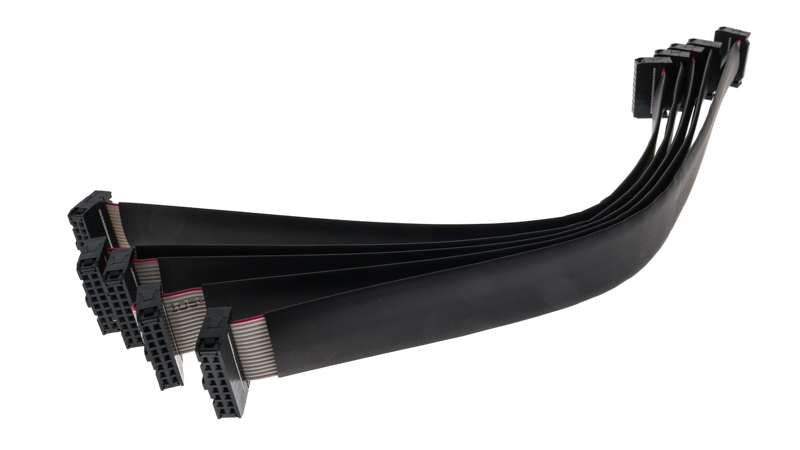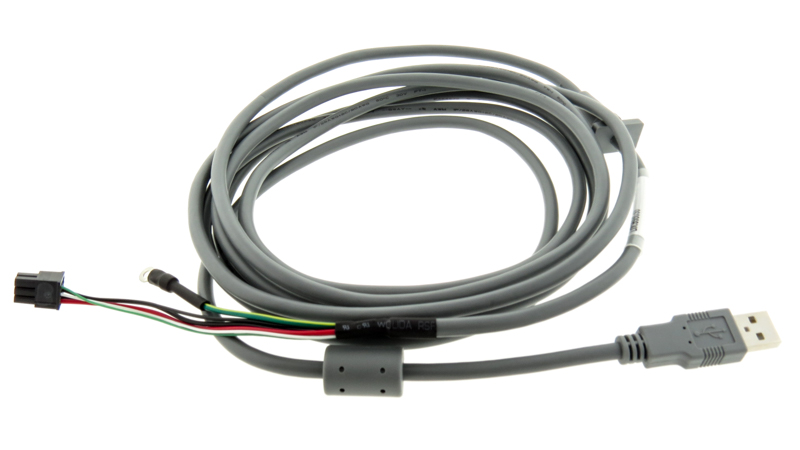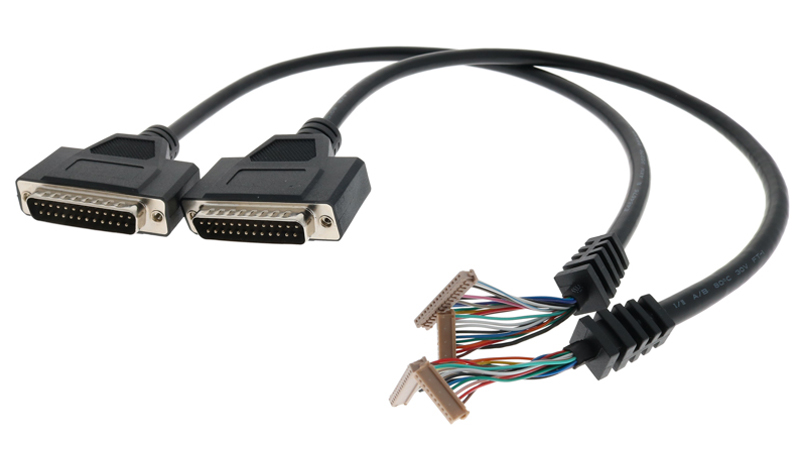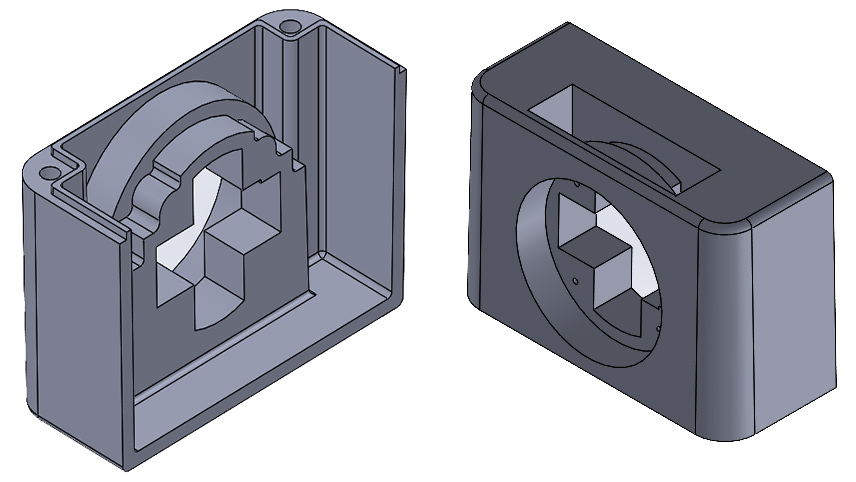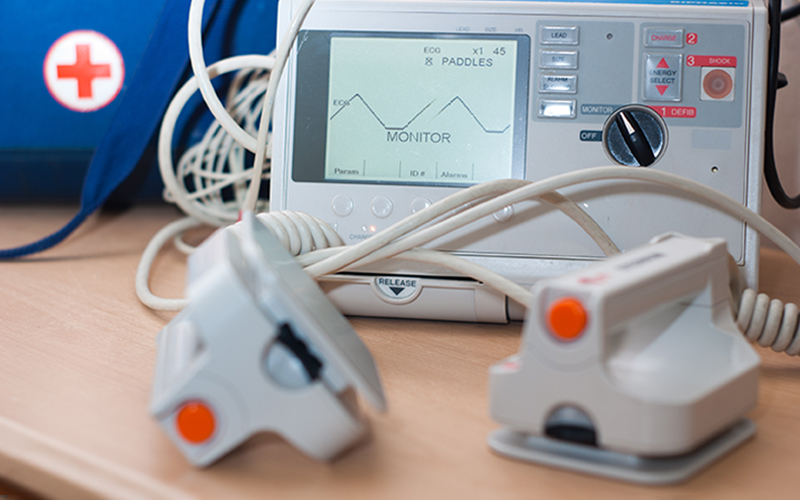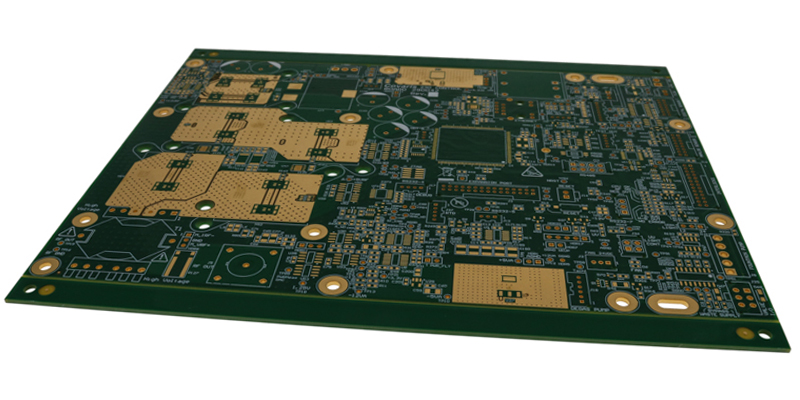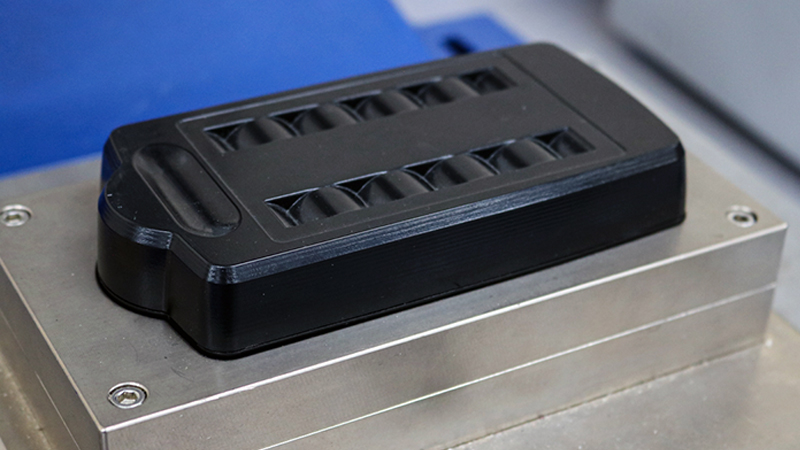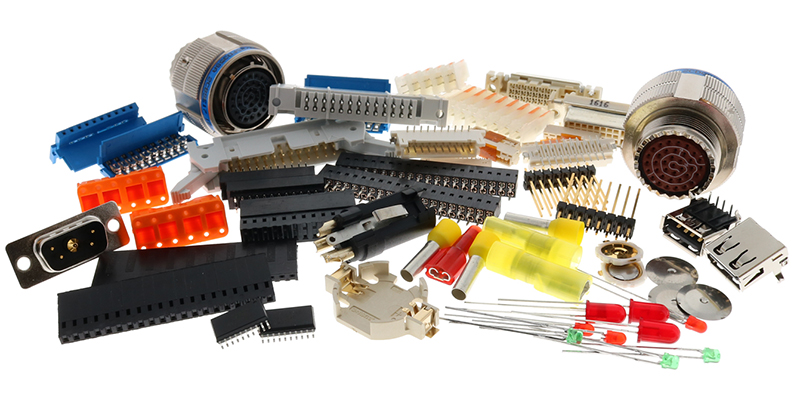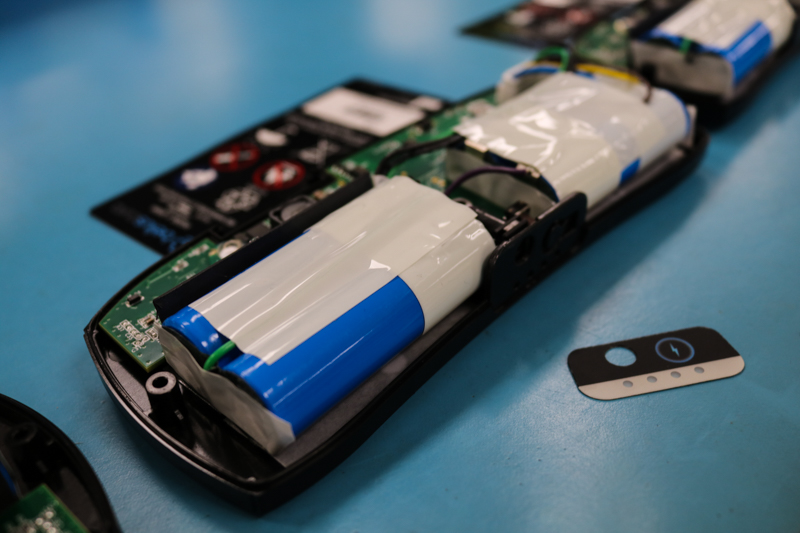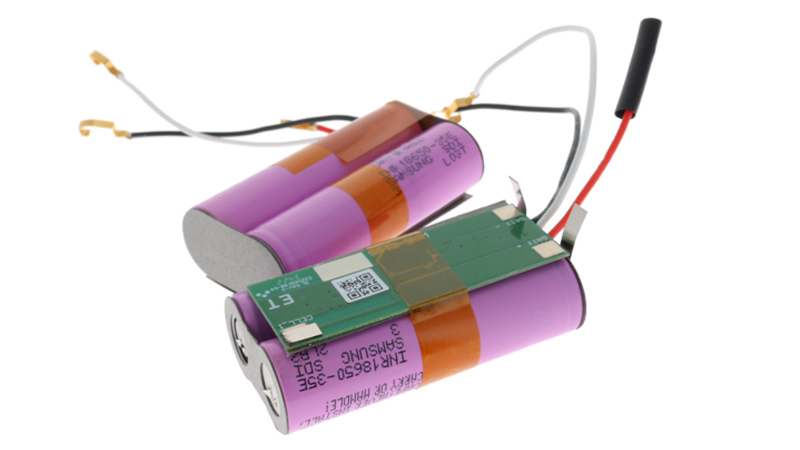Getting your product to market fast and staying within budget is the obvious goal for all new development projects. Many of these projects require some sort of assembled circuit board, battery, or touchscreen, and therefore they all will need some type of custom electrical cable or wire harness.
In terms of electronics, everyone agrees that having to deal with component obsolescence is taxing on resources and costs companies’ enormous amounts of time and money. The task of finding replacement options for an obsolete component is not an easy one and is usually spearheaded by engineering and purchasing departments.
D-subminiature connectors, commonly referred to as D-subs, are a class of interconnects that are widely used in the electronics industry for both commercial and industrial applications. The name "D-sub" comes from the shape of the connector shell which looks similar to the letter "D” when viewed from the front face.
Determining the manufacturing process of your design is a key decision that should be addressed at the start of the design stage. The impact of how your design is manufactured will either limit or open up new options for how your idea can be explored.
If you had to make a list of all the fields that rely on modern technological advancements to function on a daily basis, healthcare and the medical industry would be right at the top.
More often than not, a quote will be requested without enough information to price, never mind to manufacture. In 1957, IPC was founded as the Institute for Printed Circuits by Richard Zens (Printed Electronics Corp/Epec), Al Hughes (Electralab), Robert Swiggett (Photocircuits), William McGinley (Methode), and Carl Clayton (Tingstol).
Hazardous environments consist of work areas that may experience elevated levels of corrosion, extreme temperature variations, high pressure, flammable substances, or explosive conditions. Devices operating on battery power need special design requirements to prevent the battery pack from becoming damaged due to these hazardous materials.
Legacy design is a term used to describe technology, systems, and products that were developed in the past and are still being manufactured and supported. A main concern with legacy designs is dealing with hardware and software components that are no longer actively supported or improved by the original vendor and may no longer be compatible with newer technologies.
New technologies, raw materials, and battery manufacturing have paved the way for new trends in custom battery pack designs. Many of these trends focus on making improvements to the battery's capacity and safety, while others redefine the testing standards implemented to ensure battery packs and chargers function optimally for consumers.
Lithium batteries contain high density which is ideal when powering electronics and applications that require a large amount of power over an extended time. However, the battery chemistry is unstable. These batteries can experience overcharging, over-discharging, and discharging that occurs too fast. When the following actions occur, the battery can become damaged, have a diminished lifespan, or even create a safety hazard.


